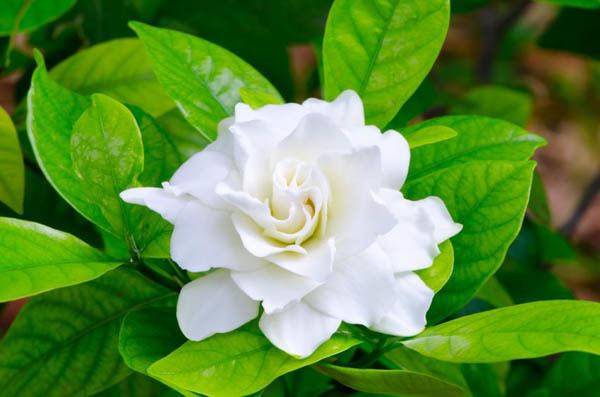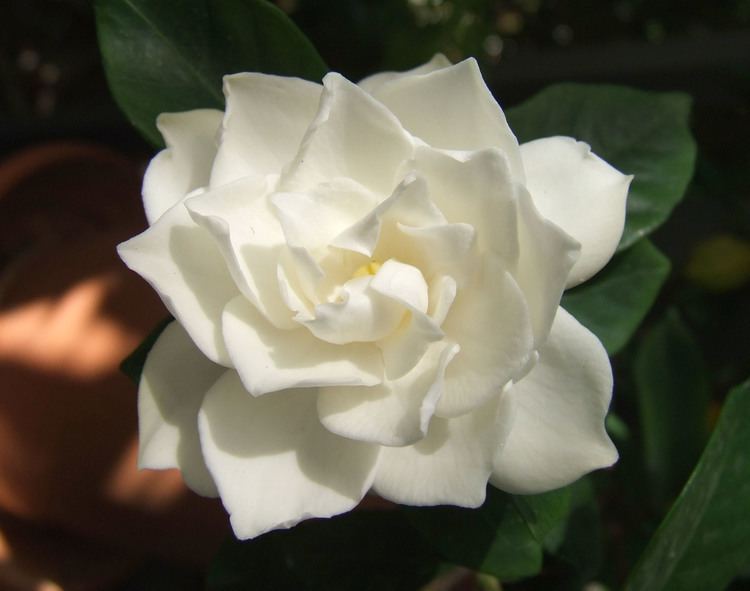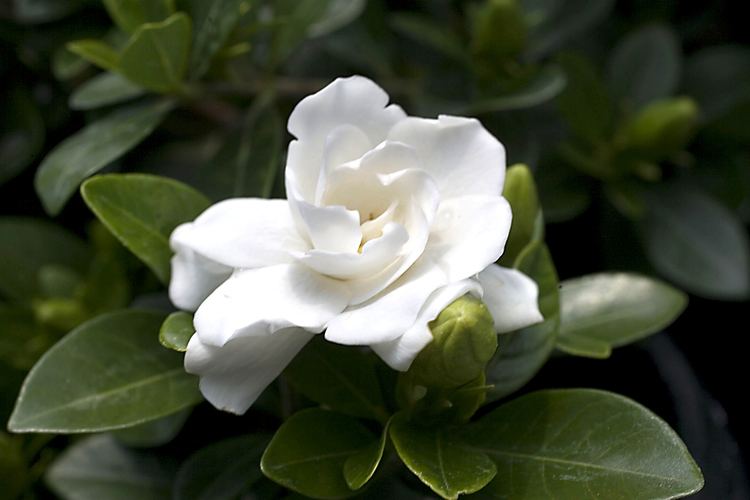Scientific name Gardenia Rank Genus | ||
Lower classifications Cape jasmine, Gardenia taitensis, Gardenia thunbergia, Gardenia brighamii, Gardenia gummifera | ||
Tips for taking care of the gardenia plant garden savvy
Gardenia is a genus of flowering plants in the coffee family, Rubiaceae, native to the tropical and subtropical regions of Africa, Asia, Madagascar and Pacific Islands.
Contents
- Tips for taking care of the gardenia plant garden savvy
- Gardening tips planting gardenias
- Species
- Cultivation and uses
- References

The genus was named by Carl Linnaeus and John Ellis after Dr. Alexander Garden (1730-1791), a Scottish-born American naturalist.
They are evergreen shrubs and small trees growing to 1–15 metres (3.3–49.2 ft) tall. The leaves are opposite or in whorls of three or four, 5–50 centimetres (2.0–19.7 in) long and 3–25 centimetres (1.2–9.8 in) broad, dark green and glossy with a leathery texture. The flowers are solitary or in small clusters, white, or pale yellow, with a tubular-based corolla with 5-12 lobes (petals) from 5–12 centimetres (2.0–4.7 in) diameter. Flowering is from about mid-spring to mid-summer, and many species are strongly scented.

Gardening tips planting gardenias
Species
As of March 2014 The Plant List recognises 140 accepted species (including infraspecific names):
Cultivation and uses

Gardenia plants are prized for the strong sweet scent of their flowers, which can be very large in size in some species.
Gardenia jasminoides (syn. G. grandiflora, G. Florida) is cultivated as a house plant. This species can be difficult to grow because it originated in warm humid tropical areas. It demands high humidity to thrive, and bright (not direct) light. It flourishes in acidic soils with good drainage and thrives on [68-74 F temperatures (20-23 C)] during the day and 60 F (15-16 C) in the evening. Potting soils developed especially for gardenias are available. G. jasminoides grows no larger than 18 inches in height and width when grown indoors. In climates where it can be grown outdoors, it can attain a height of 6 feet. If water touches the flowers, they will turn brown.
In China and Japan, Gardenia jasminoides is called zhīzi (栀子) and kuchinashi (梔), respectively. Its fruit is used as a yellow dye, used on fabric and food (including the Korean mung bean jelly called hwangpomuk). Its fruits are also used in traditional Chinese medicine for their clearing, calming, and cooling properties.
In France, gardenias are the flower traditionally worn by men as boutonnière when in evening dress. In The Age of Innocence, Edith Wharton suggests it was customary for upper-class men from New York City to wear a gardenia in their buttonhole during the Gilded Age.
Sigmund Freud remarked to the poet H.D. that gardenias were his favorite flower.
Several species occur in Hawaii, where gardenias are known as naʻu or nānū.
Crocetin is a chemical compound usually obtained from Crocus sativus, which can also be obtained from the fruit of Gardenia jasminoides.
